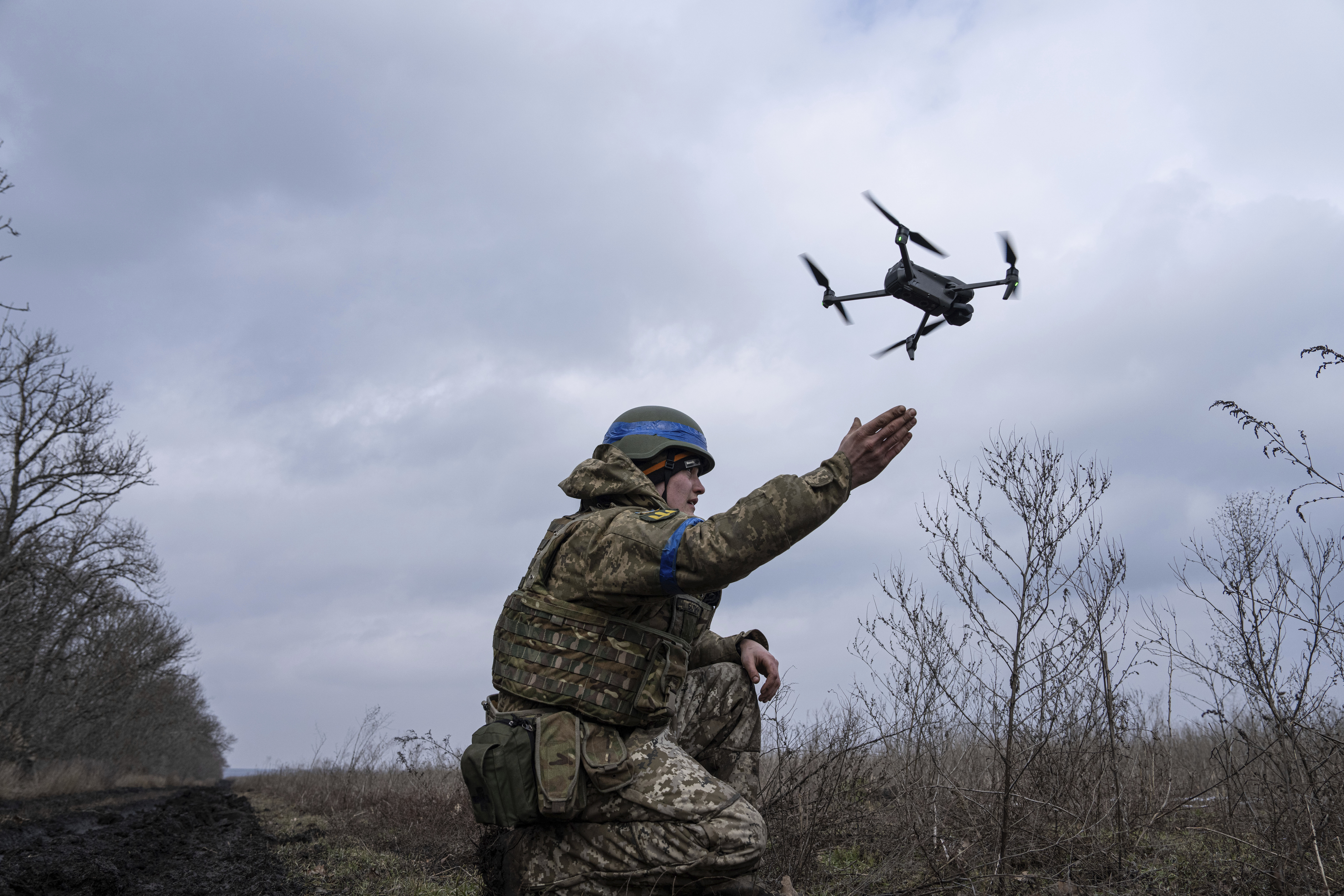Ukraine is promising a “new phase of war” reliant on a drone army, with the country planning to invest over €1 billion to improve drone capabilities and train thousands of drone pilots.
With Ukraine running low on manpower and artillery shells, drones are seen as a potential answer to the country’s difficulties on the frontline. The Ukrainian military, which already extensively deploys drones, sees the unmanned vehicles as an opportunity to reduce its reliance on infantry to achieve its military goals, while also improving the accuracy of limited resources, such as artillery.
Mihajlo Fedorov, Ukraine’s minister of digital transformation, says the government is committed to drone warfare, saying that a “new phase of the war is about to begin.” He said this will involve building a state-of-the-art “army of drones,” which includes training 10,000 drone pilots in 2023 and potentially many more in the future.
According to the British newspaper The Independent, Ukraine’s current drone army is quite makeshift, featuring explosives and RPGs duct-taped to cheap commercial drones purchased from Asian countries.
Ukraine and Russia are already known for not only deploying deadly kamikaze drones but also publishing the results of their attack on social media, which has enabled the world to view the troubling revolution in drone warfare in nearly real-time.
However, Russia is also deploying its own drone fleet, with a combination of FPV kamikaze drones and makeshift drones that drop grenades and other explosive devices, with Ukraine and Russia fielding similar equipment. Russia has also signaled it has drastically increased production of its Lancet kamikaze drone, which is a fixed-wing drone that the country has used to strike high-value armored targets, radar, and supply depots.
Both sides are also relying on drones to increase their surveillance and targeting capabilities, with the unmanned aircraft making it difficult for both sides to gain the advantage of a surprise attack.
However, Ukraine may have a distinct advantage over Russia in the long term when it comes to drone warfare. For one, many of the Western countries’ most effective drones, such as the U.S.-made Predator drone, have not yet been deployed on the Ukrainian battlefield. Many of these weapons systems that remain off the table may come into play over the next year. Even if Ukraine’s Western partners never hand over these advanced drones, the West may share its ample expertise to help Ukraine’s ambitions to produce its own advanced drones.
At the moment, Russia’s drone program is far behind its Western rivals, and key Chinese drone components are being restricted, leaving Russia playing catch-up even when it comes to obtaining the advanced electronics and microchips needed to make even commercially available drones successfully operate.






